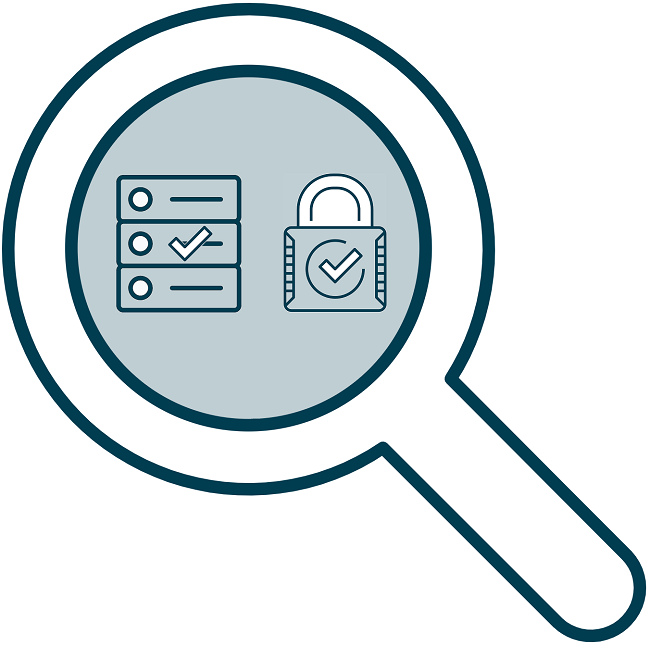|
 DMARC - How to add this DNS record to your domain DMARC is an acronym for Domain-based Message Authentication, Reporting & Conformance and is an authentication and reporting system that makes it easier for e-mail servers on the Internet to determine which emails from a particular domain are legitimate and authentic, and which emails are scam emails or spam emails.  DMARC
builds on and collaborates with the two authentication methods
SPF and DKIM. DMARC is
used, among other things, to inform the recipients' e-mail servers about
how to handle e-mails that do not pass a check against SPF and DKIM. Via
the DMARC system, senders of legitimate emails also receive regular
reports that inform how things are going. DMARC can be seen as a
contract between the sender's domain and the recipients' e-mail servers,
for the purpose of combating spam, of which no party has any interest. DMARC
builds on and collaborates with the two authentication methods
SPF and DKIM. DMARC is
used, among other things, to inform the recipients' e-mail servers about
how to handle e-mails that do not pass a check against SPF and DKIM. Via
the DMARC system, senders of legitimate emails also receive regular
reports that inform how things are going. DMARC can be seen as a
contract between the sender's domain and the recipients' e-mail servers,
for the purpose of combating spam, of which no party has any interest.How to check if your domain have DMARC Below are some web tools that you can use to check if your domain have DMARC settings and to see what the current settings are: If your domain does not have DMARC If you do not have DMARC for your domain according to the tools above, you can enter a DMARC record via the control panel for your web site. Exactly how you do to enter this varies from control panel to control panel (web host to web host), but in the help / documentation for your web host you will usually find information on how to do it. If you need further help, you can usually also contact the support for your web host. What to add? DMARC is a DNS record of TXT type. The name of the DNS record is _dmarc. Below is an example of how a DMARC record may look like:
The domain name mywebsite.com above is only used as an example. You can change this domain name to your own domain name and enter your own e-mail address instead of report@mywebsite.com. This email address will be used to receive reports from email servers. The domain name in the email address should be the same as the domain name specified at Name. More information about the content of the DNS record The data line in the DNS record above (the information to the right of Data) contains the DMARC settings that email servers will read. The settings above are suitable to start with. Later you can trim the data line with other settings and more settings, but it is recommended to start like this. If you want to know in detail what the content of the data line means, you can read this information page at Google (see the "DMARC record tags" section). More general information about DMARC can be found in the information box at the bottom of this article. If you already have DMARC for your domain, double-check the contents If you find that you already have DMARC for your domain, check that the contents is correct. For example, check that the e-mail address provided is correct and working.
Related products: SamLogic MultiMailer SamLogic Internet Components Other articles More articles are available from the article index page. |
|
| Article written by: Mika Larramo | Swedish |








